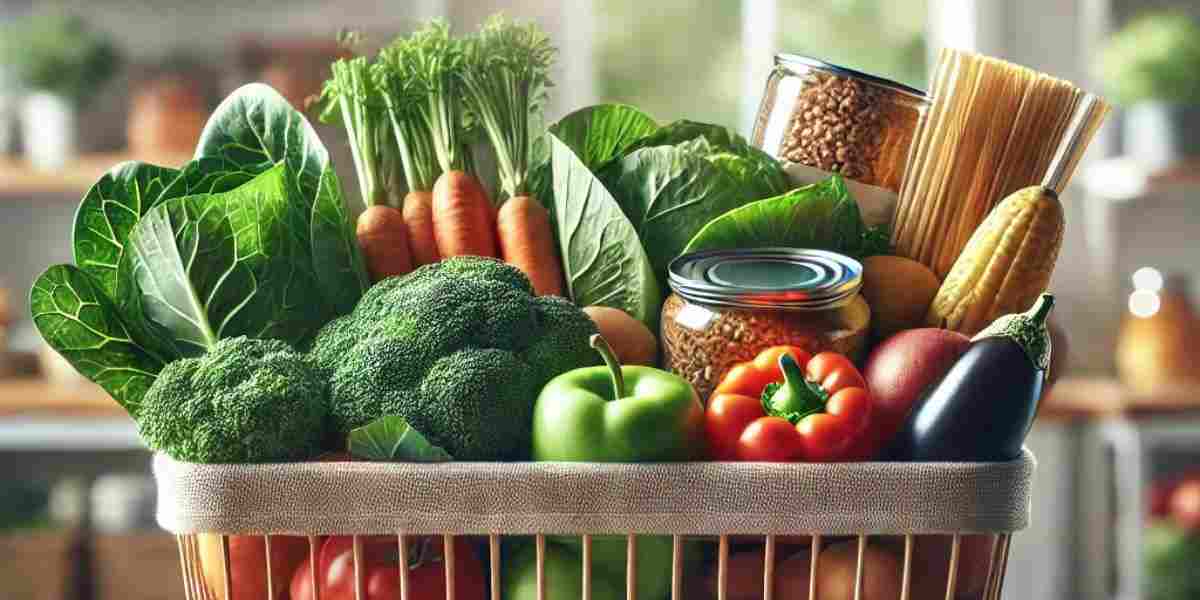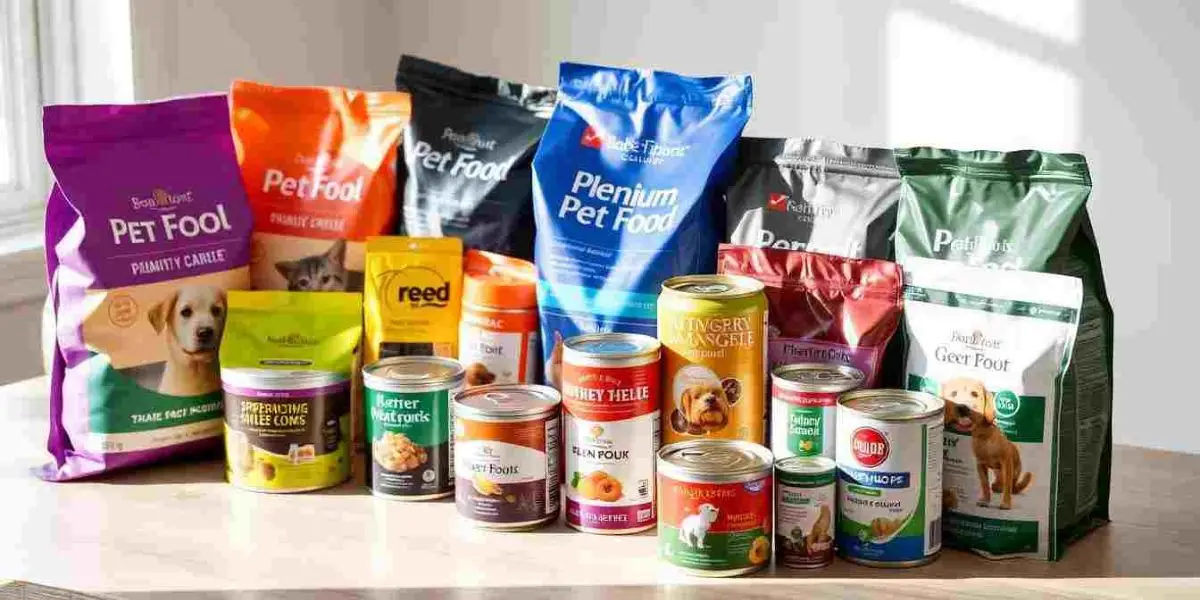Eating healthy starts with smart grocery shopping. If you’re looking for a reliable, comprehensive, healthy food list grocery shoppers can trust, this guide is for you. We’ve created the ultimate healthy food grocery list tailored for U.S. households, with budget-friendly options and expert-approved food choices. Whether you’re new to healthy eating or trying to clean up your pantry, this post covers everything you need — including tips, sub-lists, FAQs, and trustworthy sources.
Why a Healthy Food Grocery List Matters
Making a healthy grocery list before shopping helps you:
- Avoid impulse buys
- Stick to your nutrition goals
- Save money by planning meals
- Minimize food waste
According to the Centers for Disease Control and Prevention (CDC), most Americans fall short on fruits, vegetables, and whole grains. A clear list can close that gap.
Also Read
Healthy Food Grocery List: Core Staples
Fresh Produce
- Leafy greens (spinach, kale, arugula)
- Broccoli
- Cauliflower
- Bell peppers
- Carrots
- Sweet potatoes
- Berries (blueberries, strawberries)
- Apples, oranges, bananas
- Avocados
- Garlic and onions
Whole Grains
- Brown rice
- Quinoa
- Oats (steel-cut or rolled)
- Whole-grain bread and pasta
- Barley
Protein Sources
Animal-Based:
- Skinless chicken breast
- Ground turkey
- Eggs
- Salmon, tuna, sardines (fresh or canned in water)
Plant-Based:
- Lentils
- Black beans, chickpeas
- Tofu, tempeh
- Edamame
- Nuts and seeds (almonds, chia, flaxseed)
Dairy & Dairy Alternatives
- Greek yogurt (plain)
- Cottage cheese
- Low-fat milk or fortified plant milk (almond, oat, soy)
Healthy Fats
- Olive oil
- Avocados
- Nut butters (unsweetened)
- Seeds (pumpkin, sunflower)
Herbs, Spices, & Condiments
- Turmeric, cumin, cinnamon
- Fresh herbs (parsley, cilantro)
- Mustard, hot sauce (low sodium)
- Vinegar (apple cider, balsamic)
Pantry Essentials
- Low-sodium canned beans
- No-salt-added canned tomatoes
- Whole grain crackers
- Natural peanut butter
- Broth (low-sodium vegetable or chicken)
Healthy Food List for Grocery Shopping on a Budget
You can eat well without overspending. Try these budget-friendly items:
- Frozen vegetables and fruits (just as nutritious as fresh)
- Store-brand oats and rice
- Canned fish (tuna, salmon)
- Eggs (high-quality protein at a low cost)
- Beans and lentils (dry or canned)
- Whole carrots, cabbage, and potatoes (cheap and versatile)
Tip: Shop seasonal produce and check local farmers’ markets. Use apps like Flipp to compare prices and find deals.
Sample Weekly Healthy Food Grocery List
Proteins:
- Chicken breasts (2 lbs)
- Salmon (1 lb)
- Eggs (1 dozen)
- Lentils (1 bag)
Vegetables:
- Broccoli (1 head)
- Sweet potatoes (4)
- Spinach (1 bag)
- Bell peppers (3)
Fruits:
- Apples (6)
- banana (6)
- Frozen berries (1 bag)
Grains:
- Oats (1 container)
- Brown rice (1 bag)
- Whole wheat bread (1 loaf)
Dairy/Alternatives:
- Greek yogurt (4 cups)
- Almond milk (1 container)
Pantry:
- Canned beans (2 cans)
- Natural peanut butter (1 jar)
Extras:
- Olive oil (1 bottle)
- Garlic (1 bulb)
Healthiest Foods in the Supermarket
According to Harvard Health, these items can support longevity and disease prevention:
- Leafy greens
- Berries
- Whole grains
- Olive oil
- Nuts
- Yogurt
- Foods rich in omega-3
- Beans
- Cruciferous vegetables (broccoli, Brussels sprouts)
What Grocery Store Has the Healthiest Food?
Based on various rankings and consumer reports, here are the top-rated grocery chains for healthy options in the U.S.:
- Whole Foods Market – Organic and minimally processed focus
- Trader Joe’s – Affordable healthy selections
- Sprouts Farmers Market – Good produce variety
- Aldi – Budget-friendly healthy staples
- Kroger – Extensive organic line (Simple Truth)
Tips for Staying Healthy While Grocery Shopping
Stick to the Perimeter
Most fresh, whole foods are located around the perimeter of grocery stores — produce, dairy, meats. Processed foods tend to live in the center aisles.
Read Labels
Check for added sugars, high sodium, and artificial ingredients. If you can’t pronounce it, consider skipping it.
Don’t Shop Hungry
Shopping on an empty stomach can lead to impulse purchases, especially junk food. Eat a light meal or snack beforehand.
Buy in Bulk (Smartly)
Oats, rice, beans, and nuts are often cheaper when bought in bulk. Just make sure you’ll use them before they go stale.
Planning for a Healthy Week
- Meal Plan: Choose 3–4 go-to meals that are healthy and easy to make.
- Batch Cook: Prep meals ahead to save time and avoid unhealthy choices during the week.
- Snack Prep: Portion out nuts, chop veggies, and keep healthy snacks ready to go.
FAQ :
What is a healthy grocery list of foods?
A healthy grocery list includes whole, minimally processed foods like fruits, vegetables, lean proteins, whole grains, healthy fats, and low-sugar dairy options. The goal is balance and variety.
What are the best healthy foods to eat in a grocery list?
Focus on leafy greens, berries, salmon, eggs, legumes, quinoa, and Greek yogurt. These foods are nutrient-dense and support long-term health.
What are the top 10 healthy foods?
- Spinach
- Blueberries
- Salmon
- Avocados
- Quinoa
- Greek yogurt
- Lentils
- Almonds
- Sweet potatoes
- Broccoli
What are the healthiest foods in the supermarket?
Unprocessed items around the perimeter of the store (produce, dairy, meat) tend to be healthiest. Avoid center aisles packed with processed snacks. Cleveland Clinic offers a solid reference.
What grocery store has the healthiest food?
Whole Foods, Trader Joe’s, and Sprouts consistently rank high for quality and selection. Many stores like Aldi and Kroger also carry affordable, healthy options.
Conclusion
A well-planned healthy food list grocery shoppers can use makes all the difference. It helps you stay on track, save money, and feed your body what it needs. Whether you’re shopping at Whole Foods or your local supermarket, stick to the list, avoid the junk, and keep it real. Use this guide to start fresh every week.









